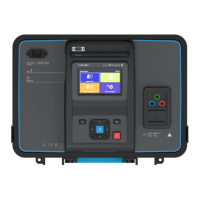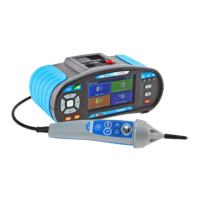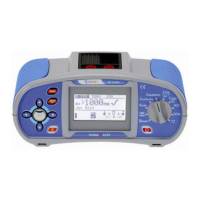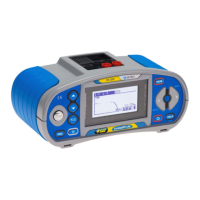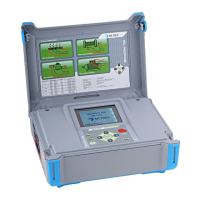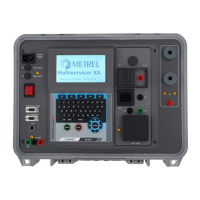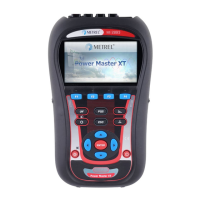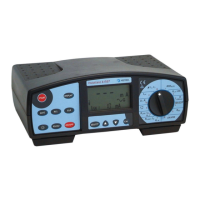MI 3125 InstaltestCOMBO Battery and charging
10
2.2.1 New battery cells or cells unused for a longer period
Unpredictable chemical processes can occur during the charging of new battery cells or
cells that have been left unused for a longer period (more than 3 months). Ni-MH and
Ni-Cd cells can be subjected to these chemical effects (sometimes called the memory
effect). As a result the instrument operation time can be significantly reduced during the
initial charging/discharging cycles of the batteries.
In this situation, Metrel recommend the following procedure to improve the battery
lifetime:
Procedure Notes
¾ Completely charge the battery. At least 14h with in-built charger.
¾ Completely discharge the battery.
This can be performed by using the
instrument normally until the instrument is
fully discharged.
¾ Repeat the charge / discharge cycle
at least 2-4 times.
Four cycles are recommended in order to
restore the batteries to their normal
capacity.
Notes:
The charger in the instrument is a pack cell charger. This means that the battery
cells are connected in series during the charging. The battery cells have to be
equivalent (same charge condition, same type and age).
One different battery cell can cause an improper charging and incorrect
discharging during normal usage of the entire battery pack (it results in heating of
the battery pack, significantly decreased operation time, reversed polarity of
defective cell,…).
If no improvement is achieved after several charge / discharge cycles, then each
battery cell should be checked (by comparing battery voltages, testing them in a
cell charger, etc). It is very likely that only some of the battery cells are
deteriorated.
The effects described above should not be confused with the normal decrease of
battery capacity over time. Battery also loses some capacity when it is repeatedly
charged / discharged. Actual decreasing of capacity, versus number of charging
cycles, depends on battery type. This information is provided in the technical
specification from battery manufacturer.
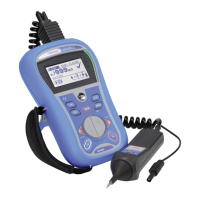
